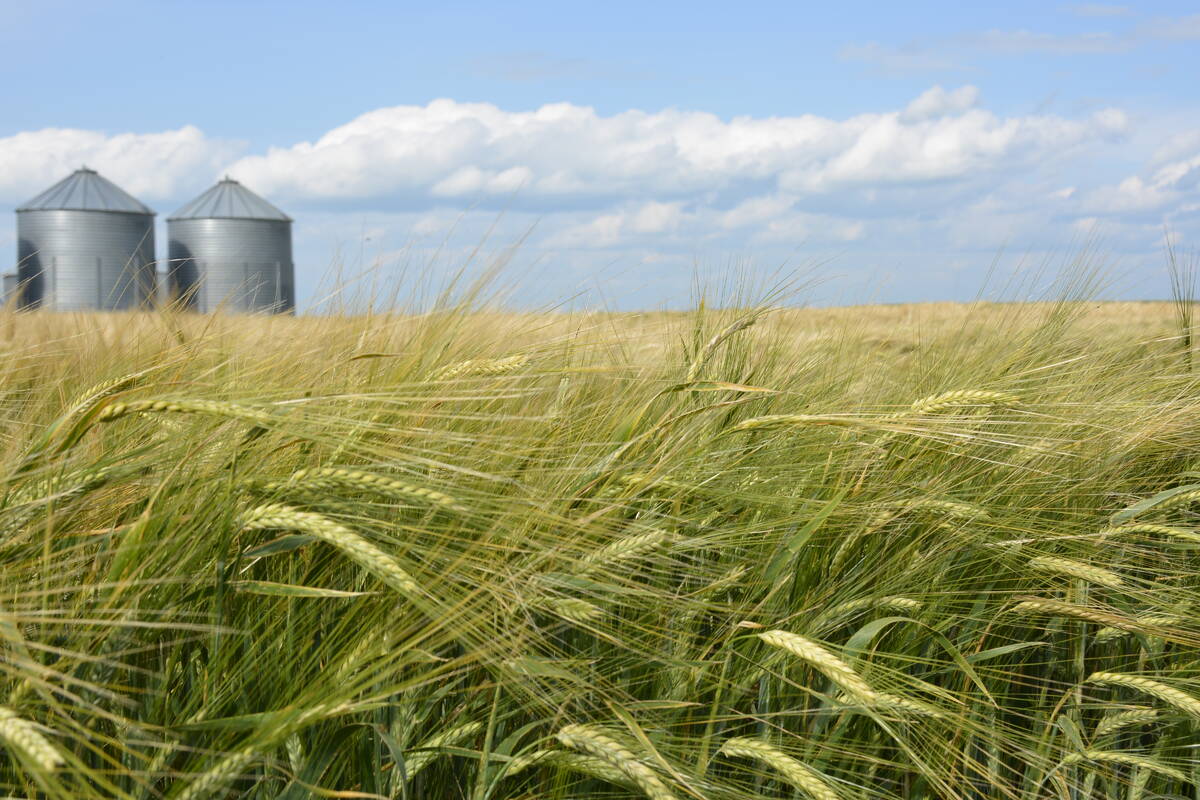Feeder prices lower
After nine weeks of fed prices of more than $200 per hundredweight, the Canfax steer average last week fell to $199.41, down $2.82, and heifers averaged $197.20, down $3.14.
Sensing the peak was over, feedlots rushed to sell and the volume was one of the largest since the fall of 2013.
The Canadian market fell on lacklustre beef demand, faltering U.S. fed cash prices and weaker cattle futures.
Most of the dressed sales were down $5-$7 per cwt.
Packers now appear to have a comfortable supply until the end of July.
Read Also

StatCan stands by its model-based crop forecast
Statistics Canada’s model-based production estimates are under scrutiny, but agency says it is confident in the results.
The Alberta cash-to-futures basis strengthened to +$12.97, which kept American buyers out of the Canadian cash market.
In the United States, light trade developed late in the week with cash cattle in the Plains moving at US$150 per cwt., down $2 to $5 from the previous week.
The U.S. cattle on feed report June 19 was considered bullish for the fall as fewer cattle than expected went into feedlots in May.
Weekly western Canadian fed slaughter to June 13 rose one percent to 32,414 head. To date, western slaughter is down eight percent.
Weekly fed exports to June 6 rose to 2,231 head. To date, exports are down 49 percent.
Fed prices typically ease in the second half of June and then hold steady through July.
The trend is expected to hold this year, and summer lows are expected in the low to mid $190s.
Cow prices fall
More cows are going to auction because of dry pastures, but packers have been slow to allocate more hours to the D grade slaughter.
Western Canadian cow slaughter two weeks ago was about 3,500 head, the second lowest weekly slaughter this year.
D2, D2 cows ranged $130-$150 per cwt. to average $139.10, down $3.40. D3 cows ranged $116-$130 to average $124.75.
Rail grade cows ranged $263-$268.
Alberta cows remain at a premium to U.S. utility cow prices.
Feeders lower
Stronger barley prices, close to $5 a bushel delivered in southern Alberta, saw the feeder market trade steady to lower.
In a normal year, most of the heavier feeders hitting the market at this time would be dry lot backgrounder cattle, but the dry weather and poor pastureland have prevented that this year.
Quite a few 30-60 day grass cattle that traditionally would be marketed in the late summer or early fall are being sold to feedlots.
Heifers account for most of the cattle at auction, making up as much as 70-80 percent of the total offering in some cases.
Open and exposed replacement heifers have been on offer because of moisture concerns.
Some top sort heifers are entering feedyards. There is also interest from producers looking to add to their own cow herd or speculating on the fall bred market.
Competition from eastern buyers has also been noted on western Canadian replacement heifers and cow-calf pairs.
Forward contracted steers and heifers for August-September delivery saw prices $2-$5 lower.
Feed barley bids are now 15 percent higher than the same time last year, while eastern Canadian corn is down one percent and Omaha corn is 20 percent lower. Western Canadian feeders will be at a “cost of gain” disadvantage.
Holiday beef demand
Reduced slaughter in the United States and demand for Father’s Day and the July holidays supported beef prices. U.S. slaughter in the first three weeks of June was down 11 percent from the same time last year.
U.S. Choice cutout last week was US$283.50 per cwt., up $3.64, and Select was $244.73, up $4.07.
However, beef is expected to weaken once the July holiday demand is met. Packer operating margins are also being hit by lower hide prices.
Weekly Canadian boxed beef prices to June 12 were AAA C$319.90, up $4.07, and AA $305.56, up 40 cents.
US cattle on feed
There were 10.561 million cattle in U.S. feedlots June 1, up one percent from last year at the same point. Analysts had expected a .7 percent increase. Placements in May were 1.714 million, down 10 percent from last year. Analysts expected a 7.2 percent reduction.
With excellent pasture conditions, producers retained more heifers to breed and rebuild herds.
Marketings were 1.711 million, down eight percent. Analysts expected a decline of 7.8 percent.
The reduced placements are expected to support cattle prices in September.
















